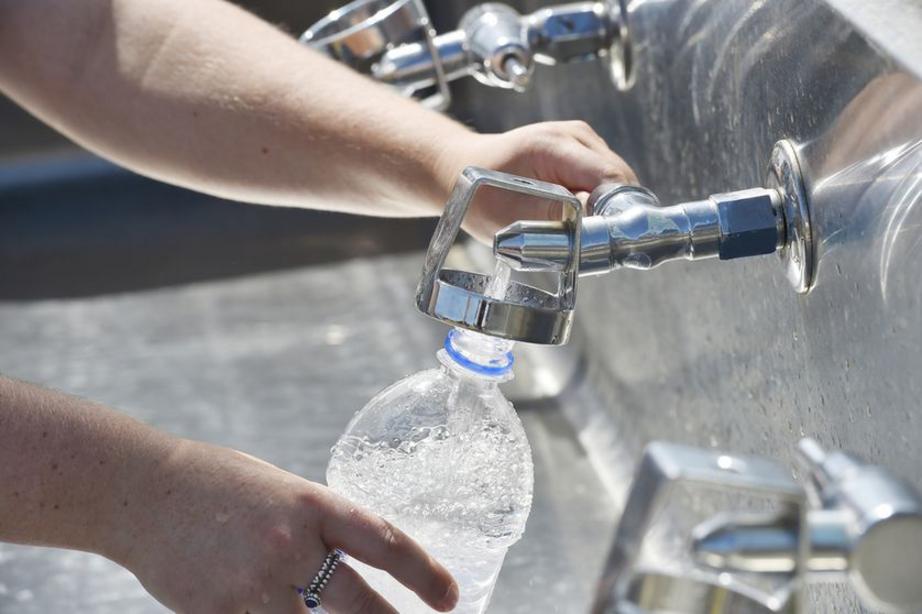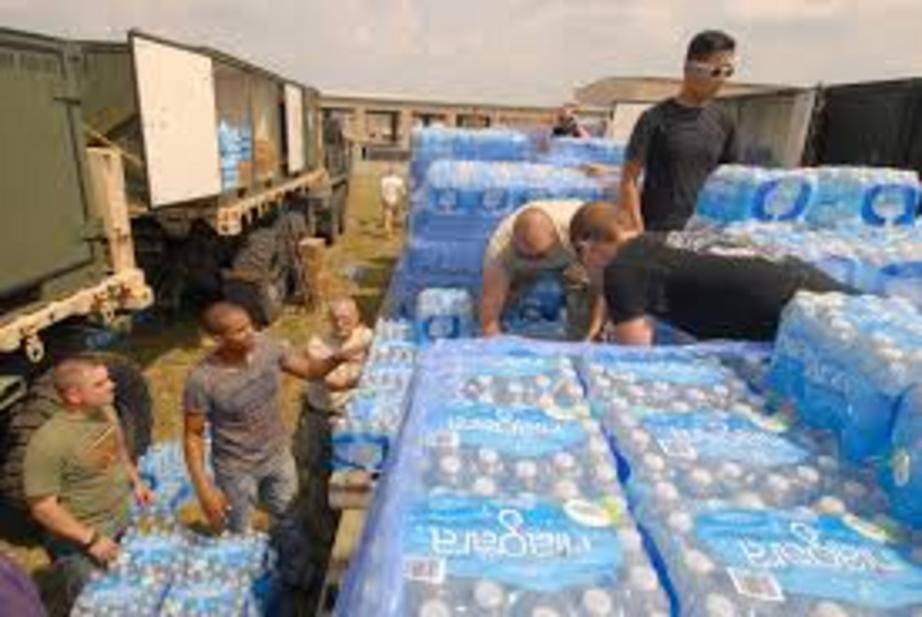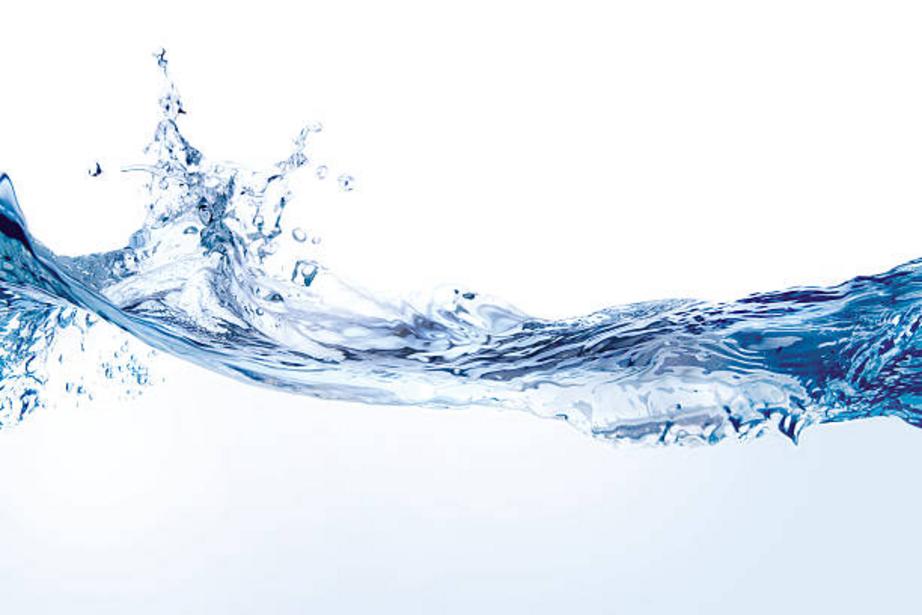Safe drinking water 101: what to do before, during and after a natural disaster
Whether it's Hurricane Harvey in Texas, Hurricane Irma in the Caribbean and Florida, or the deadly monsoons in parts of Asia, recent weather events have magnified the importance of access to clean, safe drinking water during natural disasters. Taking the following steps recommended by emergency management agencies will help ensure your supply of safe water.
Ahead of a storm
If you're preparing for a hurricane or a flood, or if there's a chance your power may go out, take these steps to prepare using the safe water supply you have now:
Fill containers. Fill plastic containers, such as empty (and clean) soda bottles or milk jugs, with pre-storm, safe tap water, the Department of Homeland Security advises on Ready.gov. Do not use containers that can break down, like cartons or glass bottles. Fill your tub, too, so you will have plenty of water to use for flushing the toilet should your safe water source be unusable later on.
Make sure you have enough. Most people need at least two quarts of clean water each day, and that can double in hot weather or with physical activity, according to Ready.gov. Kids, nursing mothers and sick people need more. For food preparation and personal hygiene, plan on another two quarts of clean water per person, per day. Add that up, and you'll need one gallon of safe drinking water per person, per day. Officials recommend keeping at least a three-day supply.

Fill emptied and cleaned plastic soda bottles or milk jugs with clean tap water before the storm. You will need one gallon of water per person per day. (Photo: xshot/Shutterstock)
Freeze it. Take some of those filled plastic containers and freeze them. If the power goes out, use them to keep food in the freezer, fridge or coolers colder for longer, the U.S. Food and Drug Administration (FDA) recommends. The FDA adds that if your drinking water becomes contaminated during the storm, the frozen containers will supply clean water as they thaw. Fill ice cube trays, too — those or frozen ice packs might come in handy for minor storm-related injuries.
Buy bottles. The FDA recommends buying a supply of bottled water and storing it where floodwaters are unlikely to reach it.
During and after the storm
Ready.gov has these safety tips for drinking water during the storm:
1. Don't ration water unless an order is issued. Authorities say you should drink the amount you need to drink, and if you need more, find it later. To cut down on how much water you need, try to stay cool and as inactive as possible. And don't use your safe water supply to make coffee, as caffeinated drinks (and alcohol) dehydrate the body and increase the need for water.

Ohio National Guard activated to support water emergency in Lucas, Wood and Fulton.
CC.wikipedia.org
2. Boil water. Natural disasters such as hurricanes or floods can overwhelm municipal water treatment plants and contaminate your water supply. Normally, those treatment plants take in surface water, filter it, treat it and remove contaminants like E. coli, salmonella and shigella. But they can only handle so much water at a time.
If the water safety is compromised, officials may issue a boil-water advisory or notice, which means you should boil any water meant for drinking, cleaning food or brushing your teeth, for one full minute. Since bacteria and viruses are not visible to the naked eye, keep in mind the water may look the same as it always does.
3. Treat suspicious water. Drink the water you know to be safe first, and put off drinking suspicious water, such as cloudy water from your faucets, according to Ready.gov. But if that's the only water option left, treating it and drinking it is better than becoming dehydrated.
Ready.gov says to let the water settle in a container before treating to let any particles settle to the bottom. Strain them out through a coffee filter or layers of a clean cloth. To clean the filtered water, boiling it is one option.
Another option is regular household bleach (do not use scented ones or any with added cleaners). Add 1/8 teaspoon of bleach to a gallon of water, stir and let stand for a half hour. The water should have a faint bleach odor, Ready.gov says. If it doesn’t, then add another 1/8 teaspoon and let stand another 15 minutes. If it still has no bleach odor, toss the water and find another source.
4. Test your well water. If you have a well that has been flooded, the FDA says the water should be tested and disinfected after the floodwaters recede. Contact your local or state health department for specific advice, the agency says.
For the rest of this article please go to source link below.

